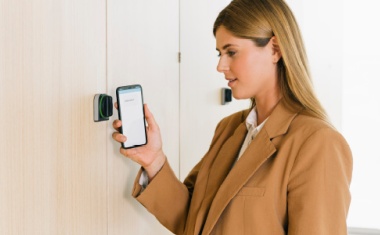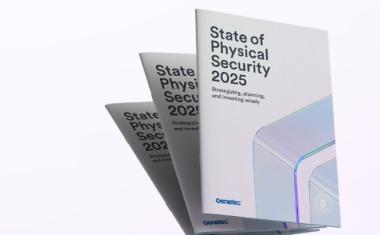Next-Gen Security: Ajax HL Cameras Deliver 4K Color Footage Even in the Dark
Ajax expands its video surveillance product category to meet a wider range of security scenarios.
The company introduces three cameras featuring hybrid light illumination: BulletCam HL, TurretCam HL, and DomeCam Mini HL. These cameras combine IR and white light illumination to deliver color footage even in low-light conditions.
The new capabilities bring better image quality, more precise object recognition, and visual intruder deterrence at residential and commercial sites.
Hybrid IR & White Light: Focused Visibility Where It Matters Most
Ajax introduces hybrid illumination cameras to address a common security challenge — capturing critical details in full color at nighttime. When motion or an object is detected, the devices switch from infrared (IR) to white light and deliver color footage instead of black-and-white. This helps identify vehicle details, clothing colors, and other visual cues that may be less distinct in the IR mode. The white light can also deter intruders, making it clear that they are exposed and being recorded.
The cameras that combine IR and white light illumination are available in three form factors. BulletCam HL and TurretCam HL offer up to 50 m of illumination range, while DomeCam Mini HL, due to its design specifics, covers up to 15 m.
Users can also choose from three operating modes. The white light can be always on in low-light conditions, completely disabled, or activated only when motion is detected. In the latter case, the light remains on for 30 seconds after motion is detected and does not switch off if movement continues.
Hybrid illumination and advanced optics bring vibrant clarity to low-light surveillance
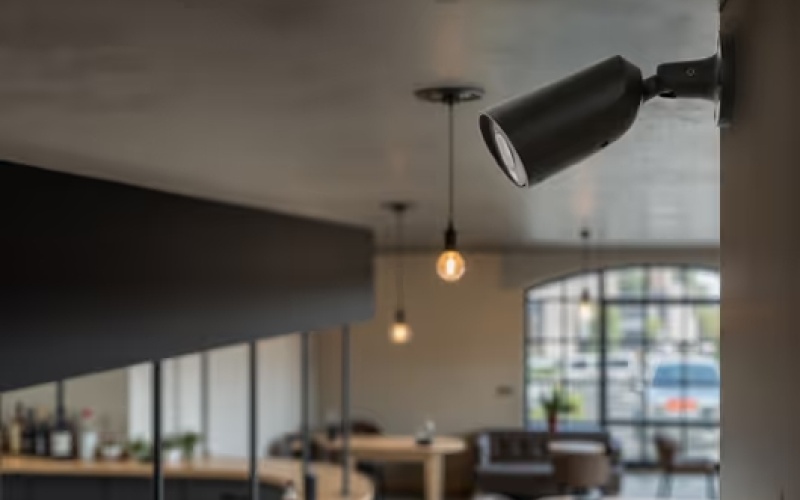
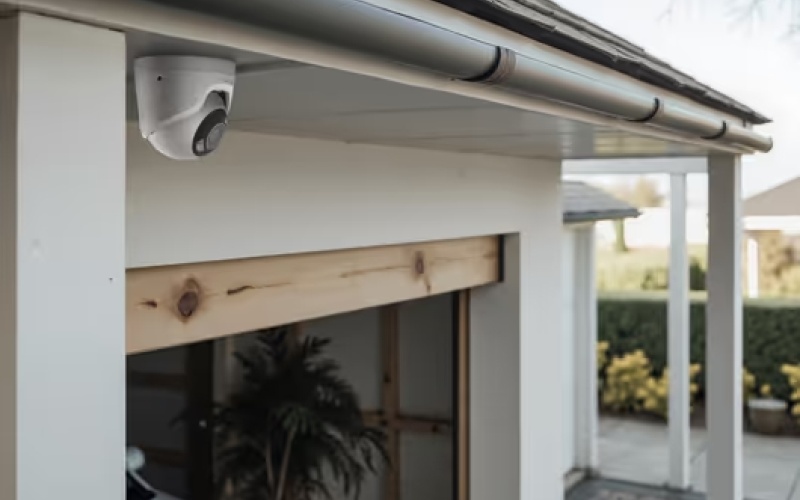
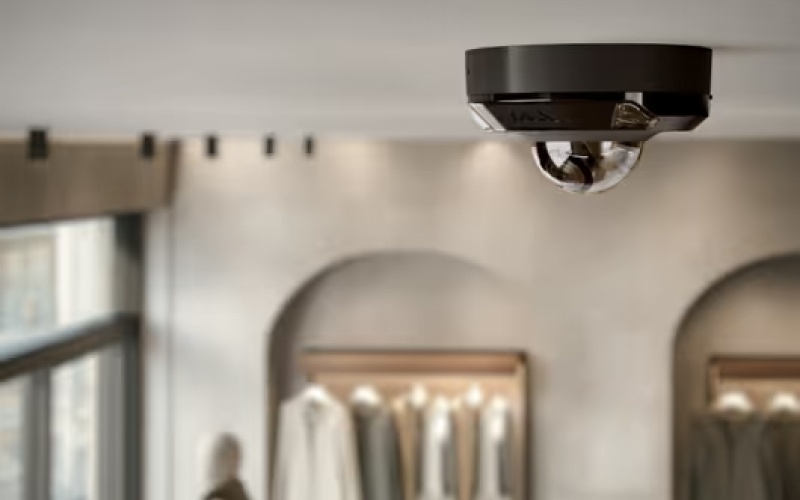
Tailored lens for any scene
The new camera lineup offers multiple matrix types and lens combinations. There are 5 MP CMOS sensors with 3K resolution (2880 × 1620 px) or 8 MP sensors with 4K resolution (3840 × 2160 px).
Each sensor type is available with either a 2.8 mm or 4 mm fixed lens, resulting in twelve camera options. All cameras are available in two colors — black and white — to match the installation environment.
The lens defines the field of view and detail level. The 2.8 mm lens provides a wide 100°–110° viewing angle, ideal for covering open spaces. The 4 mm lens narrows the view to 75°–85° to enhance detail in targeted areas.
The 5 MP option balances image quality and efficiency, while the 8 MP version is ideal for applications that require maximum visual detail.
All models support True WDR technology to ensure consistent image clarity in challenging lighting. This feature dynamically adjusts brightness and contrast — to improve visibility in dark areas and keep detail in bright zones.

AI-based object and motion recognition
Ajax cameras combine motion detection with AI-based object recognition, distinguishing between people, vehicles, and pets. Detection zones are configurable in Ajax apps down to a pixel, which helps reduce false positives and save storage space.
The device can record continuously, by scenario, or only when motion or an object is detected, for example, if a person enters a restricted area. These settings help capture critical events while cutting down on the unnecessary footage and making recording review easier.
All AI processing takes place directly in the camera. It means fast response, complete data privacy, and no extra equipment or subscriptions. Over-the-air firmware updates allow for ongoing AI enhancements such as improved detection and analytics.
Built-In Privacy Controls for Secure Surveillance
Privacy is a core principle of Ajax video surveillance. Once the system is installed, only the end user has full control. Access to live video, archived recordings, and settings is permission-based and managed via the Ajax apps by the system owner.
There are no backdoors — Pro accounts can access devices only temporarily and strictly within the time frame and permissions granted by the system owner.
Audio recording is disabled by default and can be selectively enabled. Privacy settings allow users to restrict sound access for live or archived footage while keeping video available.
Ajax also eliminates common video device vulnerabilities thanks to passwordless authentication. The cameras connect to the system using the mTLS protocol, which verifies encrypted certificates instead of using passwords.
This prevents unauthorized device connection and secures communication with the cloud. Accounts are protected by passcodes or biometrics, two-factor authentication, and session control. These tools ensure that only authorized users can access the system and that every action is traceable.
Users can also configure privacy zones to hide specific parts of the frame from both live feed and archived recordings. For example, a safe within the camera's field of view can be excluded, while surrounding activity remains visible. This feature ensures that sensitive information remains strictly private.
Explore Full Specs and Features
Visit the official Ajax Systems website for detailed technical data and in-depth product information on the HL camera lineup
Learn More About HL CamerasBusiness Partner
Ajax SystemsSklyarenka str. 5
04073 Kyiv
Ukraine
most read
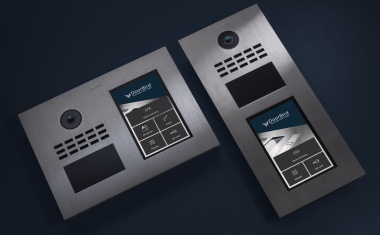
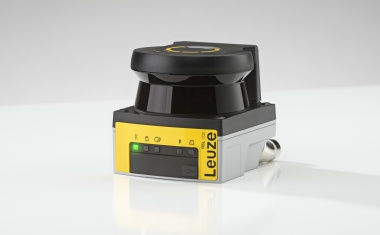
Leuze: Safety Laser Scanner RSL 200 - SHORTLIST HIGHLIGHT
With the RSL 200, Leuze introduces the smallest safety laser scanner on the market.
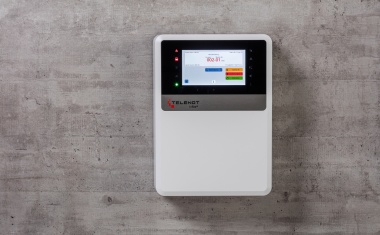

Baak: Barefoot safety shoe Pan S1PS FO HRO SR ESD - SHORTLIST HIGHLIGHT
Baak Barefoot Pan: With the ‘Pan’, Baak is expanding its Barefoot series with another barefoot safety shoe.
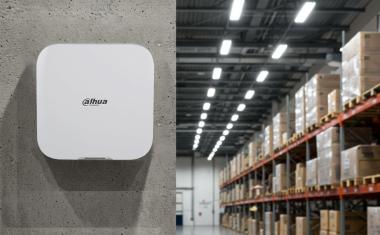
Dahua Launches New Version of AirShield Security System
Dahua's AirShield: Easier for Installers, ARCs and End-users




